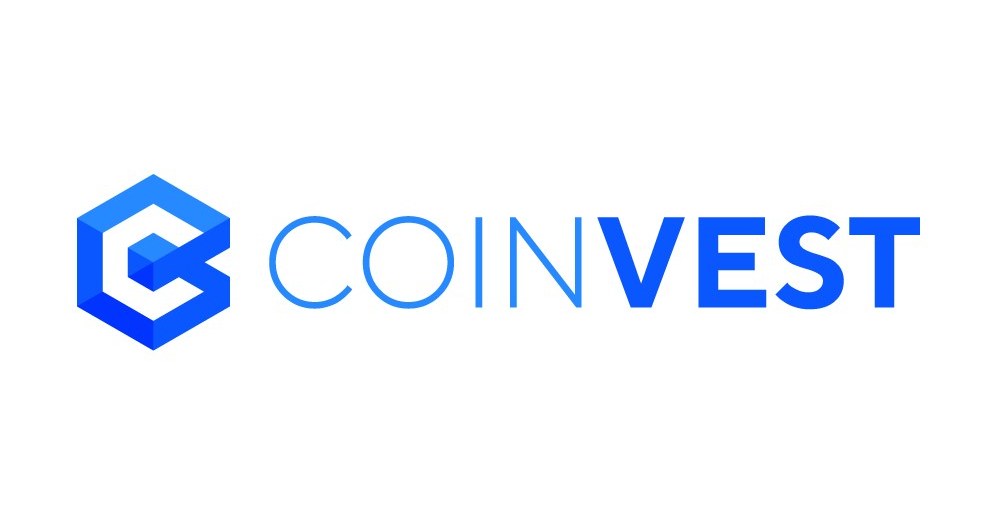Introduction
In today’s dynamic financial landscape, investment opportunities abound, each with its unique set of advantages and risks. Among the many strategies available, coinvest has emerged as a powerful means of pooling resources and expertise for greater financial gain. In this article, we will explore the intricacies of coinvesting, shedding light on what it entails, how it works, and why it’s gaining traction in the investment world.
Coinvest: An Overview
Coinvest, a portmanteau of “collaborative” and “investment,” represents a strategy where multiple investors come together to jointly invest in an opportunity. This collaborative approach allows individuals to leverage their resources, share risks, and potentially access investments that might be out of reach individually.
- The Essence of Coinvesting
Coinvesting goes beyond mere diversification; it’s about combining strengths, expertise, and capital to achieve common financial goals. It’s a strategy that encourages synergy, fosters partnerships, and creates a sense of shared ownership.
- Coinvesting Models
To fully grasp coinvesting, it’s essential to understand the various models and structures it can take. Let’s explore some popular coinvesting models:
1. Equity Coinvestment
In this model, investors pool their funds to acquire equity in a business or project. They typically have a say in the decision-making process and share in the profits or losses.
2. Real Estate Coinvestment
Real estate coinvesting involves multiple investors jointly purchasing and managing real estate properties. This model spreads the risk associated with property investments and allows for diversification across various assets.
3. Venture Capital Coinvestment
Venture capitalists often engage in coinvestment by partnering with other investors to support startups and high-growth companies. This collaborative approach enhances the chances of identifying and nurturing successful ventures.
4. Private Equity Coinvestment
In the realm of private equity, coinvestment occurs when investors join forces to invest in privately-held companies. This model provides access to exclusive opportunities in the corporate world.
Benefits of Coinvesting
Coinvesting offers a multitude of benefits, making it an attractive option for many investors. Here are some key advantages:
1. Risk Mitigation
Pooling resources spreads risk, reducing the impact of losses on individual investors. Diversification across various investments further safeguards portfolios.
2. Access to Expertise
Coinvestors bring unique skills and knowledge to the table, enhancing the chances of making informed investment decisions.
3. Increased Investment Opportunities
By collaborating with others, investors can access opportunities that might be beyond their individual financial capacity.
4. Cost Efficiency
Sharing expenses, such as due diligence and management costs, can significantly lower the overall cost of investment.
5. Network Expansion
Coinvesting fosters valuable connections and networking opportunities, which can lead to future partnerships and ventures.
6. Potential for Higher Returns
Collective efforts and resources can lead to more substantial returns on investment, especially when successful opportunities are identified.
Coinvest: Making it Work
Effective co-investing requires careful planning and execution. Here are some essential steps to maximize the benefits:
1. Define Investment Objectives
Clearly articulate the financial goals and expectations of the coinvestment group to ensure alignment among participants.
2. Establish a Legal Structure
Depending on the chosen coinvestment model, consult legal experts to create a legally sound agreement that outlines responsibilities, profit-sharing, and exit strategies.
3. Due Diligence
Thoroughly research potential investments, evaluating their feasibility, risks, and growth potential. The group’s collective expertise can be invaluable during this phase.
4. Risk Management
Develop a comprehensive risk management strategy, including contingency plans for unforeseen challenges.
5. Ongoing Communication
Maintain open and transparent communication among coinvestors to ensure everyone remains informed and engaged.
FAQs
Q: What is the minimum investment required for coinvesting? A: The minimum investment can vary depending on the specific opportunity and the agreement among coinvestors. It’s essential to establish this threshold during the initial planning phase.
Q: How is profit distribution handled in coinvesting? A: Profit distribution is typically outlined in the coinvestment agreement. It may be based on each investor’s contribution or follow a different distribution model agreed upon by the group.
Q: Can individuals with limited investment experience participate in coinvesting? A: Yes, coinvesting welcomes individuals with various levels of expertise. In fact, partnering with experienced investors can be an excellent learning opportunity.
Q: What happens if a coinvestor wants to exit the investment prematurely? A: Exit strategies are typically detailed in the coinvestment agreement. They may involve selling the investment, finding a replacement coinvestor, or other predetermined options.
Q: Are there tax implications associated with coinvesting? A: Yes, coinvestors should be aware of potential tax implications, which can vary based on the investment type and location. Consulting with a tax professional is advisable.
Q: How do I find potential coinvestment opportunities? A: Networking within investment circles, attending industry events, and leveraging online platforms can help you discover coinvestment opportunities.
Conclusion
Coinvest represents a promising avenue for investors seeking collaboration and shared success. By harnessing the collective power of resources, expertise, and networks, coinvestors can access a world of opportunities that may have otherwise been out of reach. Embrace the spirit of cooperation, define your investment goals, and embark on a coinvestment journey that could reshape your financial future.


 Home
Home









